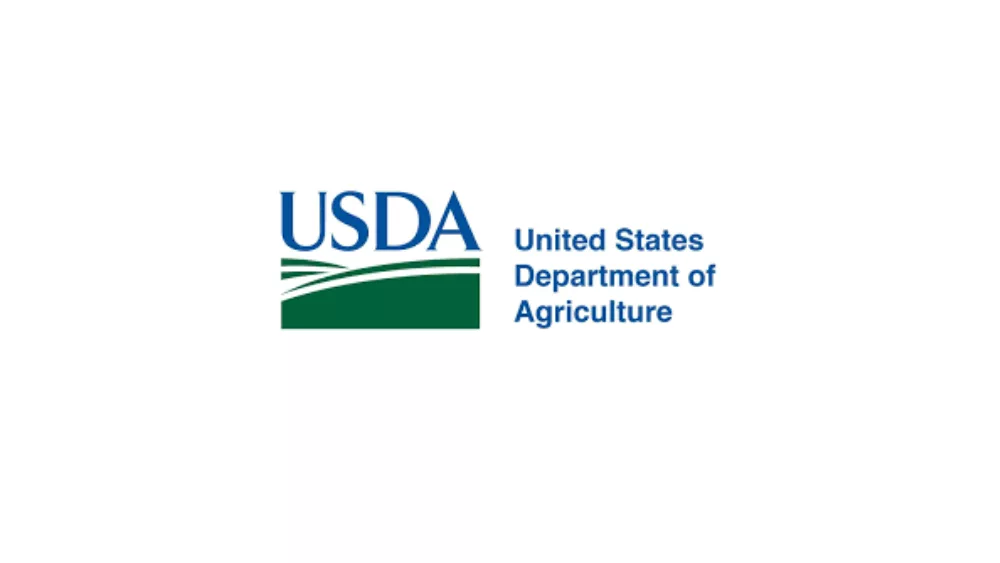Biden-Harris Administration Invests in Rural Projects to Strengthen American Infrastructure and Create Good-Paying Jobs in 30 States

U.S. Department of Agriculture (USDA) Deputy Secretary Xochitl Torres Small today announced that USDA is investing in 116 projects across the nation to expand access to a clean and reliable electric grid, safe drinking water and good-paying jobs for people in rural and Tribal communities. Part of the funding announced today will make water infrastructure in rural areas more resilient to the impacts of climate change and severe weather.
The Department is investing $1.3 billion to support projects in 30 states. The investments advance President Biden’s Investing in America agenda to grow the American economy from the middle out and bottom up.
“Since day one, the Biden-Harris Administration and USDA have taken action to create good-paying jobs by making sure every community can benefit from safe drinking water and a reliable electric grid that lowers bills for hardworking families. Today’s $1.3 billion investment in over 100 rural water and electric infrastructure projects is a continuation of that commitment,” Deputy Secretary Torres Small said. “These projects will ensure that rural Americans have access to reliable, affordable energy and clean water no matter where they live. In the face of climate change, resilient power grids and strong water infrastructure are even more critical to building resilient rural communities and maintaining strong local economies.”
Strengthening Rural Water Infrastructure
During the event in Jeannette, Deputy Secretary Torres Small highlighted that Municipal Authority of Westmoreland County is receiving a $14 million loan under the Water and Waste Disposal Loans and Grants. Funding will be used to improve the City of Jeannette’s combined sewer system and eliminate the sanitary sewer overflows for the community.
In total, USDA is investing $443 million today through the Water and Waste Disposal Loans and Grants program to expand access to clean and reliable drinking water, sanitary waste disposal and storm water drainage for people in 24 states.
More than $30 million of today’s investments will help utilities rebuild and strengthen water infrastructure after facing natural disasters and severe weather in California, Colorado, Florida, Maryland, Montana, New York, Oklahoma and Texas.
The agency is helping state and local governments, private nonprofits and federally recognized Tribes build or improve rural wastewater systems. Other examples of today’s investments are below.
- In Montana, Gardiner Park County Water District will use a $162,000 grant to replace more than 600 feet of water main pipes that were destroyed by flooding of the Yellowstone River in June 2022. The replacement pipes will be upsized to better support the community’s water system.
- In Wisconsin, Village of Sharon will use more than $3 million in loan and grant funding to make upgrades to its wastewater collection system and wastewater treatment facility. Funding will be used to purchase new phosphorus treatment equipment that will help meet new water quality standards and improve the site’s flood protection measures. These improvements will strengthen the village’s wastewater infrastructure to combat high intensity rain events that have previously caused major flooding and resulted in sanitary sewer backups.
Funding under both programs benefit will help people living in Alaska, Arkansas, California, Colorado, Florida, Idaho, Iowa, Illinois, Indiana, Kentucky, Maine, Maryland, Michigan, Missouri, Montana, North Carolina, North Dakota, Nebraska, New Jersey, New York, Oklahoma, Pennsylvania, South Carolina, South Dakota, Tennessee, Texas and Wisconsin.
Delivering Clean, Reliable Energy
USDA is also providing $852 million in funding through the Electric Infrastructure Loan and Loan Guarantee Program to help utility providers and electric cooperatives build and improve electric infrastructure and smart-grid technologies in 14 states.
These projects will help ensure everyone in rural areas has access to reliable electricity to increase economic opportunity and improve quality of life. For example:
- In North Carolina, Surry-Yadkin EMC will use a $35 million loan to build and improve more than 200 miles of powerline that will connect nearly 2,000 consumers to reliable electricity. Nearly $3 million of this loan will be used to support smart grid technologies.
- The Navajo Tribal Utility Authority Generation-Utah LLC will use a $31 million loan to build a solar farm that will provide access to clean energy for people in San Jaun, Utah, and approximately 26,000 Native Americans in the Navajo Nation near Red Mesa, Arizona.
Funding will benefit Arizona, Colorado, Hawaii, Indiana, Kentucky, Montana, North Carolina, North Dakota, Nebraska, New Mexico, New York, South Dakota, Texas and Wisconsin.
Under the Biden-Harris Administration, USDA Rural Development provides loans and grants to help expand economic opportunities, create jobs and improve the quality of life for millions of Americans in rural areas. This assistance supports infrastructure improvements; business development; housing; community facilities such as schools, public safety and healthcare; and high-speed internet access in rural, Tribal and high-poverty areas. Visit the Rural Data Gateway to learn how and where these investments are impacting rural America. For more information, visit www.rd.usda.gov.
Related
American Infrastructure Partners’ CEO Makes the Case for Using Private…
With 178 million trips taken daily across structurally deficient bridges in the United States, and 42% of the nation’s bridges now at least 50 ye
New framework aims to keep AI safe in US critical…
The board, formed in April, is made up of major software and hardware companies, critical infrastructure operators, public officials, the civil rights commun
Why the White House hasn’t benefited much from investing in…
U.S. Transportation Secretary Pete Bu













